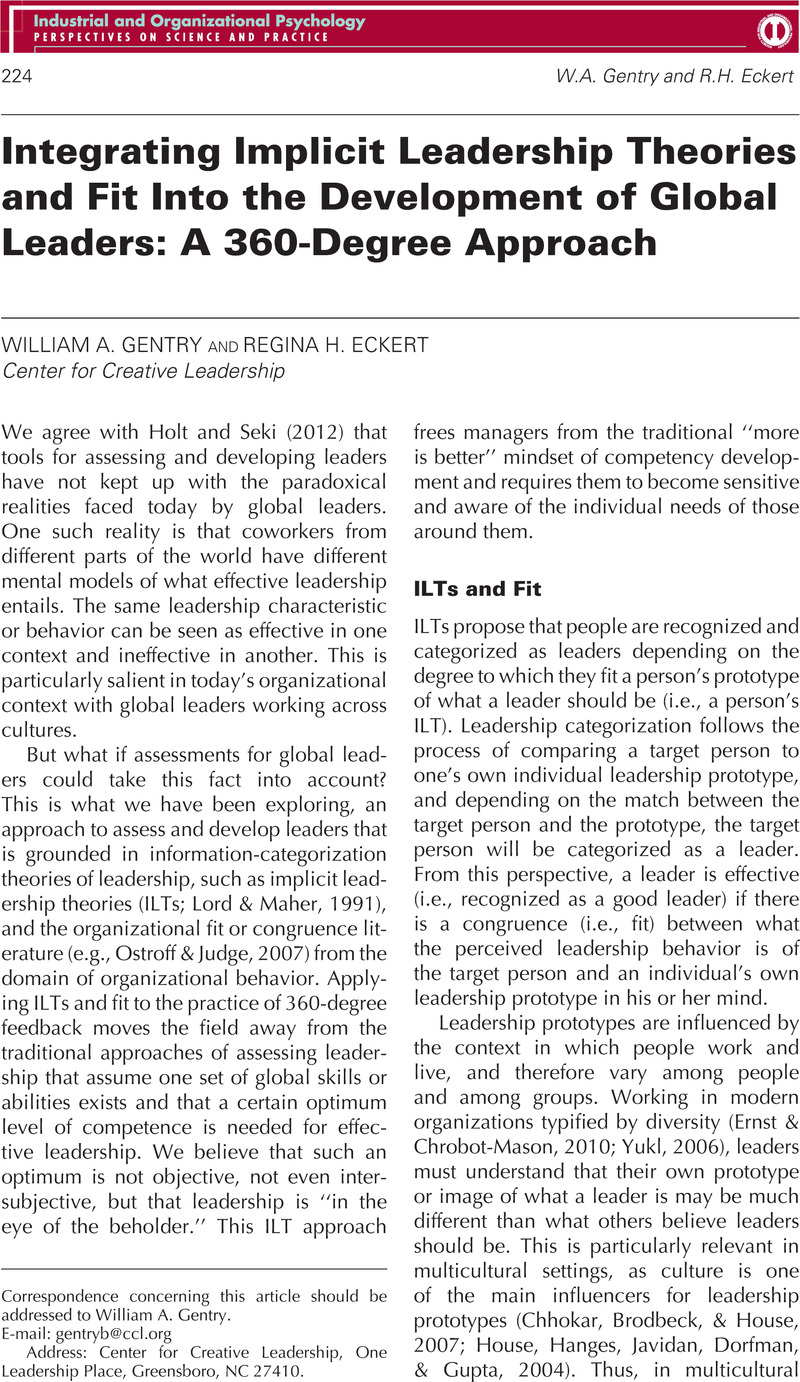Crossref Citations
This article has been cited by the following publications. This list is generated based on data provided by Crossref.
Seki, Kyoko
and
Holt, Katherine
2012.
Global Leadership to Transform the World.
Industrial and Organizational Psychology,
Vol. 5,
Issue. 2,
p.
248.
Gentry, William A.
Eckert, Regina H.
Munusamy, Vijayan P.
Stawiski, Sarah A.
and
Martin, Jacob L.
2014.
The Needs of Participants in Leadership Development Programs.
Journal of Leadership & Organizational Studies,
Vol. 21,
Issue. 1,
p.
83.
Agrawal, Anupam
and
Rook, Caroline
2014.
Advances in Global Leadership.
Vol. 8,
Issue. ,
p.
155.
Agrawal, Anupam
and
Rook, Caroline
2014.
Advances in Global Leadership.
Vol. 8,
Issue. ,
p.
155.
Harris, Ruth
Fletcher, Simon
Sims, Sarah
Ross, Fiona
Brearley, Sally
and
Manthorpe, Jill
2022.
Developing programme theories of leadership for integrated health and social care teams and systems: a realist synthesis.
Health and Social Care Delivery Research,
Vol. 10,
Issue. 7,
p.
1.



